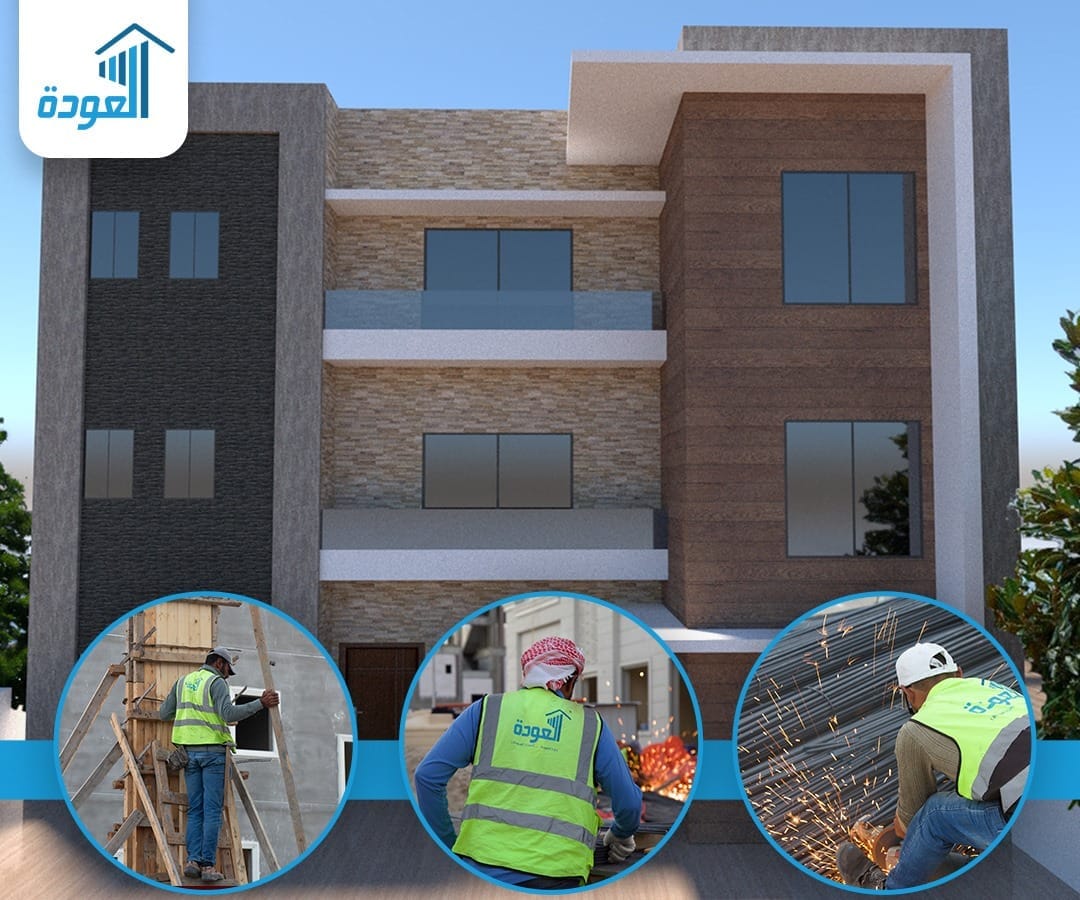
17 Oct The fundamentals of modern construction: Transformations and developments
Nowadays, the construction industry is witnessing amazing developments thanks to technological advances and engineering innovations. This article highlights the fundamentals of modern construction that form the backbone of the construction industry in the modern world.
1. Planning and design: The perfect start
Planning and design are the two essential steps in any construction project. Every project begins by defining basic goals and requirements, which include function, aesthetics, and budget. Advanced software such as Building Information Modeling (BIM) is used to facilitate the design process, allowing the creation of accurate 3D models that allow engineers and architects to fully visualize the project before construction begins.
The planning phase also includes studying the site and conducting geographical and geological analyses to make sure the land is suitable for the proposed project. This helps avoid potential issues such as unstable soil or drainage issues.
2. Modern materials and technologies
Building materials have undergone a major transformation in recent decades. In addition to traditional materials such as concrete and steel, new materials have been introduced that contribute to improved efficiency and performance. These materials include:
- Concrete is self-healing: Contains microbial cells that can automatically repair small cracks.
- Transparent solar panels: Used as window glass, they generate solar energy without interfering with the natural light inside.
- Smart insulation: Materials that are able to adapt to climate conditions, enhancing the energy efficiency of buildings.
Digital technology is also a pivotal factor in modern construction, from the use of 3D printing to create complex building components to robots that help carry out work with precision and speed.
3. Sustainable construction
Sustainable construction has become an integral part of modern construction projects. Sustainable construction aims to minimize environmental impact and improve resource efficiency. Strategies used in sustainable construction include:
- Ecological design: Such as using natural light and natural ventilation techniques to minimize the need for artificial lighting and air conditioning.
- Use renewable energy: Installing solar panels and wind turbines to generate energy from non-polluting sources.
- Water management: Rainwater harvesting and water recycling systems are used to minimize freshwater consumption.
4. Safety and security in construction
Safety is one of the main priorities on any construction site. Modern safety standards ensure that risks and accidents are minimized by:
- Training and awareness: Provide ongoing training to workers on safety procedures and proper use of equipment.
- Wearable technology: Such as smart belts that alert workers to potential hazards.
- Camera surveillance: Using surveillance cameras to monitor the site and ensure that safety procedures are adhered to.
5. Innovation in construction methods
Construction methods have evolved significantly with the introduction of new technologies such as:
- Prefabricated construction: This involves manufacturing building parts in factories and then assembling them on site. This reduces construction time and costs.
- Construction using 3D printing: A technique used to create building elements or even entire buildings by printing layers of materials.
These methods improve efficiency and minimize waste, which has a positive impact on project quality and cost.
6. Project Management and Agile Construction
Project management plays a vital role in the success of any construction project. Modern project management involves the use of digital tools that help:
- Planning and resource management: Programs like Microsoft Project and Asana help with scheduling and budget management.
- Communication and coordination: Digital platforms facilitate communication between all parties involved in the project, ensuring consistency and minimizing errors.
Smart building involves integrating technology into every stage of construction to ensure optimal efficiency and performance. This includes the use of building management systems (BMS) to control lighting, heating, and ventilation.
7. Future challenges
Despite significant advances in the construction industry, there are significant challenges to be faced, such as:
- Sustainability: The need to develop new technologies to minimize environmental impact and improve resource efficiency.
- Cybersecurity: With increasing reliance on technology, securing data and systems becomes vital.
- Climate change: The need to design buildings that can adapt to changing climatic conditions.
Conclusion
The construction industry continues to evolve thanks to technological innovations and sustainable practices. Understanding the fundamentals of modern construction can help improve the effectiveness and quality of projects, delivering efficient and innovative solutions. While continuing to face challenges and look for new opportunities, the construction industry will remain at the forefront of urban and technological progress.
